Ground Driving

What are the primary risks associated with driving during or immediately after an earthquake ?
Driving during or immediately after an earthquake poses significant risks, including damaged roads and infrastructure, distracted drivers, increased traffic congestion, emergency response vehicles obstructions, communication disruptions, fuel shortages, and environmental hazards. It is crucial to avoid driving if possible and follow official safety protocols. If driving is necessary, stay alert and prioritize safety.
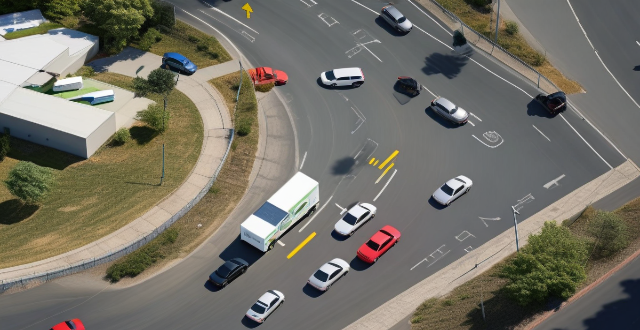
What are the consequences of drunk driving on traffic safety ?
Drunk driving has serious consequences for traffic safety, including slowed reaction time, impaired judgment, reduced attention span, increased risk of serious injuries or fatalities, and legal consequences. It is essential to avoid driving under the influence of alcohol to ensure the safety of all road users.

What is the impact of distracted driving on traffic safety ?
Distracted driving is a major concern for traffic safety, as it significantly increases the risk of accidents and injuries. This article discusses the various impacts of distracted driving on traffic safety in detail. The negative impacts of distracted driving include an increased risk of accidents, reduced reaction time, impaired judgment and perception, and difficulty maintaining lane control. Distracted driving greatly increases the risk of accidents, with approximately 3,142 deaths in the United States in 2019 being attributed to it. When drivers are distracted, their reaction time is significantly reduced, impairing their ability to respond quickly enough to avoid potential accidents. Distracted driving also impairs a driver's judgment and perception, making it difficult for them to notice important cues such as traffic signals or pedestrian crossings. Finally, distracted driving can make it difficult for drivers to maintain lane control, potentially leading to head-on collisions or single-vehicle accidents. In conclusion, distracted driving has a significant negative impact on traffic safety. To ensure safer roads for everyone, it is essential that drivers avoid distractions while behind the wheel and focus solely on the task of driving.

What is the driving range of a Series Hybrid Electric Vehicle ?
The driving range of a Series Hybrid Electric Vehicle (SHEV) is influenced by factors such as battery pack size, electric motor efficiency, and vehicle weight. Most SHEVs have a combined driving range of around 30-50 miles per gallon equivalent (MPGe), but actual range may vary due to factors like driving conditions and use of accessories. Proper maintenance and consideration of these factors can help maximize the fuel efficiency and environmental benefits of a SHEV.

What are some alternatives to driving solo for commuting ?
Driving solo to work can be a convenient option, but it also contributes to traffic congestion and air pollution. Here are some alternatives that you can consider for your daily commute: Public transportation is an excellent option for those who live in urban areas with well-developed transit systems. It includes buses, trains, subways, and trams. Taking public transportation has several benefits, including reduced costs, less stressful commutes, and environmentally friendly practices. Carpooling involves sharing a vehicle with others who have similar travel routes or schedules. This option can save money on gas and reduce wear and tear on your vehicle. Additionally, carpooling can provide social benefits as you get to know your fellow commuters. Biking or walking might be good options if your workplace is within a reasonable distance. These modes of transportation offer health benefits, cost-effectiveness, and low impact on the environment. Telecommuting, or working from home, has become increasingly popular due to advancements in technology and changing workplace norms. If your job allows it, telecommuting can eliminate the need for commuting altogether. Some benefits include increased productivity, flexibility, and reduced stress. Electric scooters or motorcycles can be a fast and efficient way to get around without contributing significantly to air pollution. They offer advantages such as speed, economical operation, and easy parking. By considering these alternatives to driving solo, you not only help reduce traffic congestion and environmental impact but also potentially improve your quality of life by saving money, reducing stress, and enhancing your physical health.
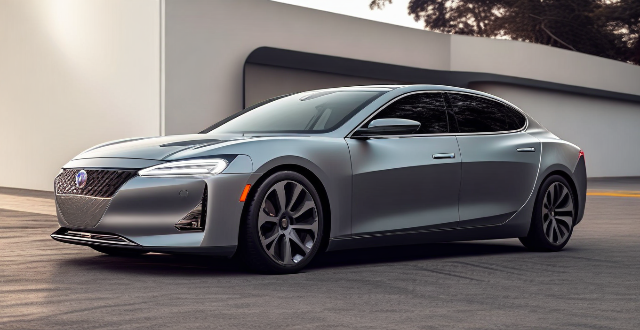
What are the environmental impacts of driving an electric car ?
Driving an electric car can have a range of environmental impacts, both positive and negative. Some key factors to consider include reduced emissions, battery production and disposal, and energy sources. Electric cars produce zero tailpipe emissions, which can help improve air quality and reduce respiratory problems caused by vehicle emissions. Depending on how the electricity used to charge the car is generated, electric cars can also have a lower carbon footprint than traditional vehicles. However, the production of lithium-ion batteries for electric cars requires large amounts of energy and raw materials, which can have significant environmental impacts. At the end of their lifespan, batteries must be disposed of properly to prevent harmful chemicals from leaking into the environment. The environmental benefits of driving an electric car depend largely on where the electricity comes from. If it's generated by burning coal or other fossil fuels, the reduction in emissions may not be as significant as if it comes from renewable sources. As more people switch to electric cars, there will be increased demand for electricity, which could put a strain on power grids and lead to increased energy production. By addressing these challenges and continuing to develop cleaner energy solutions, we can maximize the environmental benefits of electric cars.

What are the best exercises for a full-body workout at home ?
A full-body workout at home is an excellent way to maintain your fitness levels without the need for a gym membership or equipment. Here are some of the best exercises that you can do at home to get a comprehensive workout: 1\. Squats: Stand with your feet shoulder-width apart and your arms straight out in front of you, then lower your body by bending at the knees and hips until your thighs are parallel to the ground. Pause for a moment, then push through your heels to return to the starting position. Repeat this movement for 10-15 repetitions. 2\. Lunges: Stand with your feet hip-width apart and take a big step forward with one foot, then lower your body until both knees are bent at 90-degree angles. Keep your front knee directly over your ankle and your back knee hovering just above the ground, then push off with your front leg to return to the starting position. Repeat this movement for 10-15 repetitions on each leg. 3\. Push-Ups: Start in a plank position with your hands shoulder-width apart and your feet together, then lower your body until your chest nearly touches the ground. Push through your palms to return to the starting position. Repeat this movement for 10-15 repetitions. 4\. Plank: Start in a push-up position with your hands shoulder-width apart and your feet together, then lower your forearms to the ground so that your elbows are directly under your shoulders. Hold your body in a straight line from head to heels for 30 seconds to a minute. Repeat this movement for 3-5 sets. 5\. Burpees: Start standing with your feet shoulder-width apart and your arms at your sides, then lower your body into a squat position and place your hands on the ground in front of you. Jump both feet back into a plank position, perform a push-up, jump both feet forward so they land outside of your hands, stand up and jump into the air with your arms overhead. Repeat this movement for 10-15 repetitions.
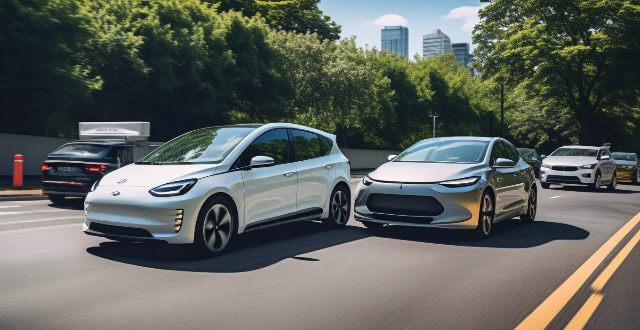
What is the range of a typical electric car ?
The range of an electric car refers to the distance it can travel on a full charge, which varies depending on factors such as battery size, energy efficiency, driving conditions, climate control, and tire pressure. Typical ranges for city driving are around 100-150 miles, while highway driving ranges are typically around 70-100 miles. For a mix of city and highway driving, most electric cars have a range of around 80-120 miles.
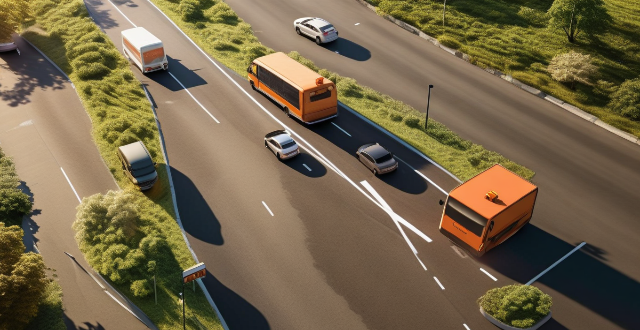
What role does driver education play in promoting traffic safety ?
Driver education is crucial for promoting traffic safety by providing essential knowledge and skills to drivers. It helps them understand the rules of the road, develop safe driving habits, and respond appropriately to various traffic situations. The different aspects of driver education that contribute to traffic safety include understanding traffic laws and regulations, developing safe driving habits, handling emergencies and hazardous situations, enhancing driving skills, and raising awareness about road safety issues. By providing drivers with the necessary knowledge, skills, and attitudes to drive safely on the roads, driver education significantly reduces accidents and improves overall road safety.
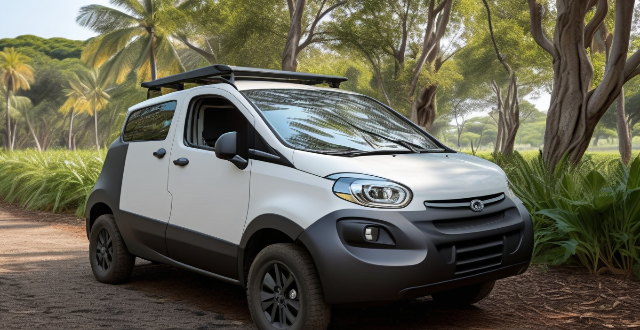
Can you drive a parallel hybrid electric vehicle (PHEV) on electricity alone ?
This article discusses the capabilities of parallel hybrid electric vehicles (PHEVs) and their ability to operate solely on electricity. It explains that PHEVs have an electric-only mode that allows them to drive without using the internal combustion engine, but this mode is typically limited to lower speeds and lighter load conditions. The article also highlights the benefits of electric-only driving, such as reduced emissions, quieter operation, and improved fuel efficiency. However, it notes that several factors can affect the electric-only range of a PHEV, including battery size, driving conditions, vehicle load, and tire pressure. Overall, the article emphasizes the importance of understanding your PHEV's capabilities and limitations to maximize its potential for eco-friendly driving.

What are the most common causes of traffic accidents ?
Traffic accidents are a major concern for road safety, and understanding their causes is crucial in preventing them. Here are some of the most common causes of traffic accidents: 1. Distracted Driving 2. Speeding 3. Driving Under the Influence (DUI) 4. Reckless Driving 5. Adverse Weather Conditions 6. Road Conditions 7. Mechanical Failures 8. Driver Fatigue 9. Pedestrian Errors 10. Animal Crossings
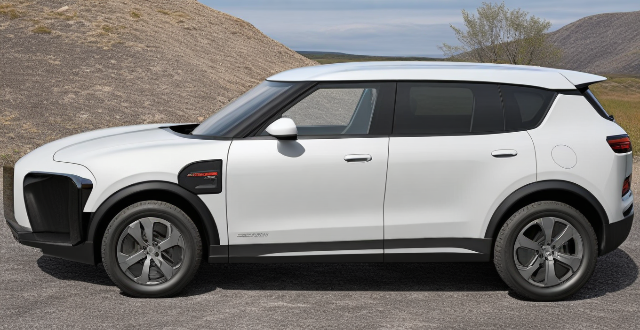
What is the range of a parallel hybrid electric vehicle (PHEV) ?
The range of a parallel hybrid electric vehicle (PHEV) depends on several factors, including battery size, driving habits, road conditions, and fuel economy. Larger batteries provide longer ranges, while smaller batteries offer shorter ranges. Driving habits also play a significant role in determining the range of a PHEV. Road conditions can affect the efficiency of both the internal combustion engine and electric motor, leading to lower overall range. The combined range of a PHEV typically falls within the range of 300-600 miles, depending on the model and driving conditions.

How does a Series Hybrid Electric Vehicle compare to a Parallel Hybrid Electric Vehicle ?
Comparison between Series Hybrid Electric Vehicle and Parallel Hybrid Electric Vehicle highlights the differences in power transmission, battery dependency, fuel efficiency, performance, cost, complexity, and regenerative braking capabilities of both types. The series hybrid is more efficient for city driving, while the parallel hybrid suits highway driving better. The choice depends on the user's driving habits and needs, with both offering environmental and economic benefits over traditional vehicles.

Are there any health risks associated with wearing a fitness tracker ?
The article discusses potential health risks associated with wearing fitness trackers, including radiation exposure, skin irritation and allergies, and distracted driving. It provides tips on how to minimize these risks, such as limiting exposure time, choosing low-power modes, using hypoallergenic materials, adjusting the fit properly, giving skin regular breaks, turning off non-essential features before driving, using Do Not Disturb mode, and putting the phone away while driving.
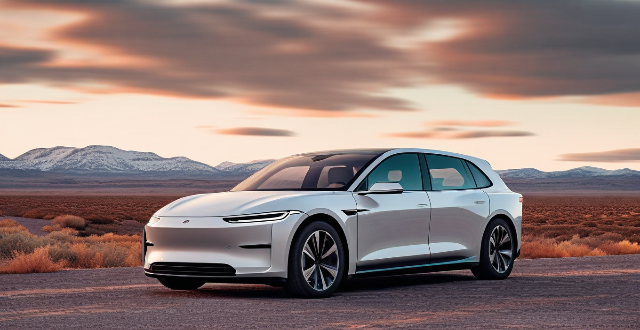
What is the range of an electric car ?
The range of an electric car, or the distance it can travel on a single charge, depends on factors such as battery size, driving conditions, and energy efficiency. Larger batteries generally provide longer ranges, but they also increase weight and cost. Driving at high speeds, in cold weather, or uphill can reduce range, while efficient powertrain systems use less energy for propulsion. The average range of electric cars is increasing over time, with many offering between 150-300 miles per charge under ideal conditions. Some high-end models boast even greater ranges, exceeding 400 miles on a single charge.

What role does technology play in modern finance and banking ?
Technology has revolutionized the finance and banking industry by enhancing efficiency, improving customer experience, and driving innovation. Automation, streamlined processes, and cost reduction have made financial services more efficient. Personalization, accessibility, and advanced cybersecurity measures have improved customer experiences. Fintech startups, blockchain technology, and cryptocurrencies are driving innovation in the industry. As technology continues to evolve, it will play an even greater role in shaping the future of finance and banking.